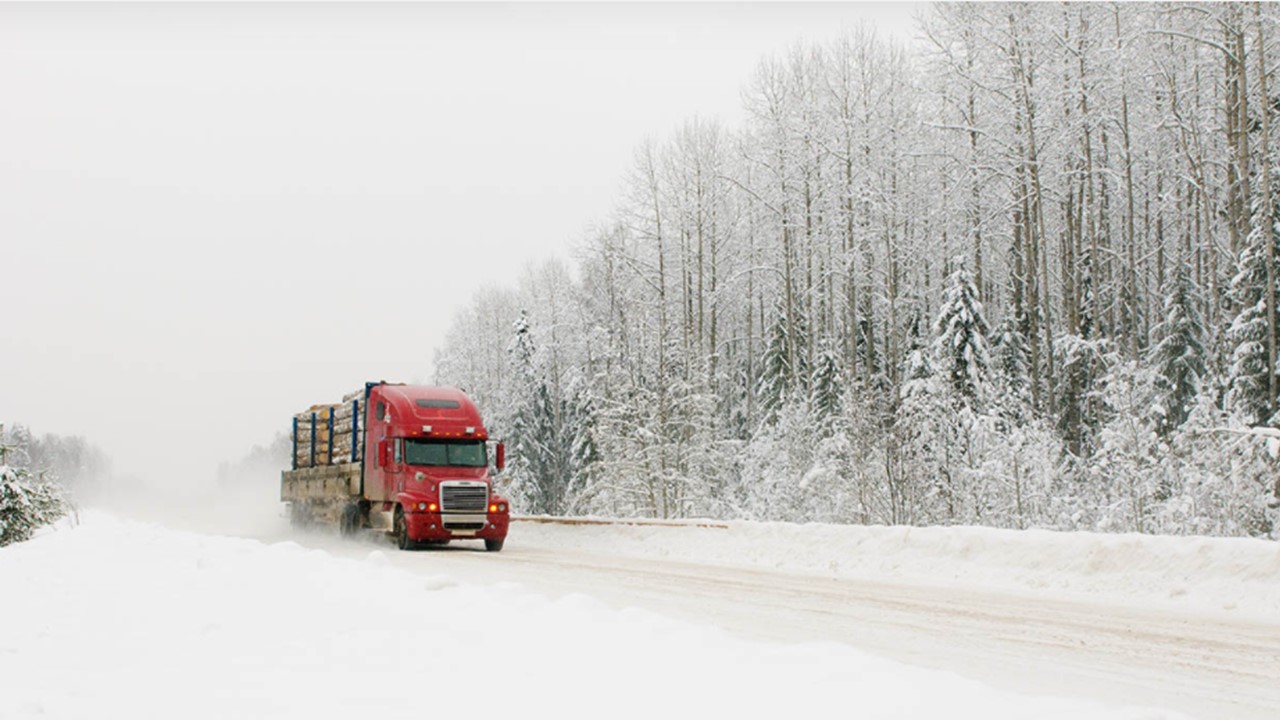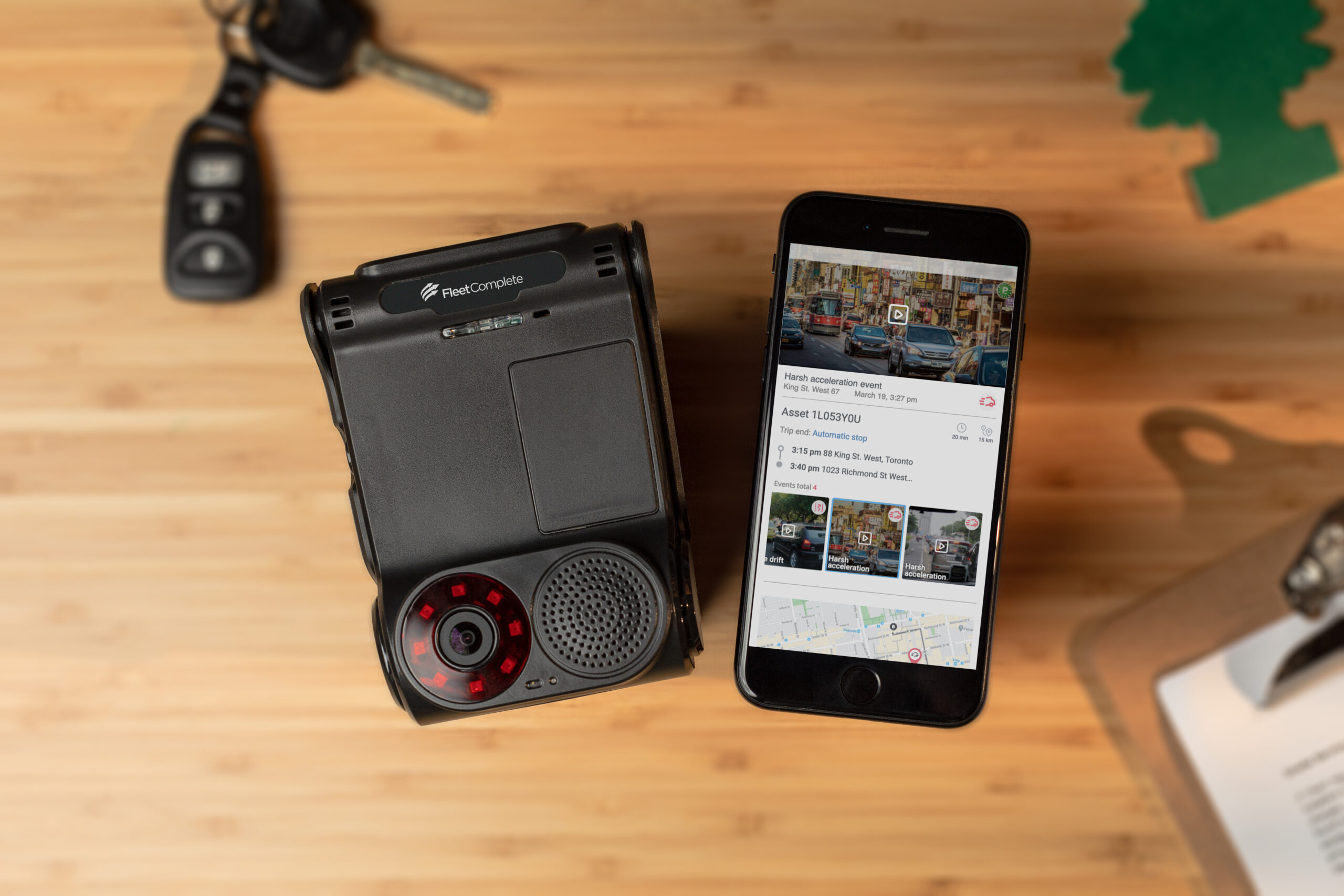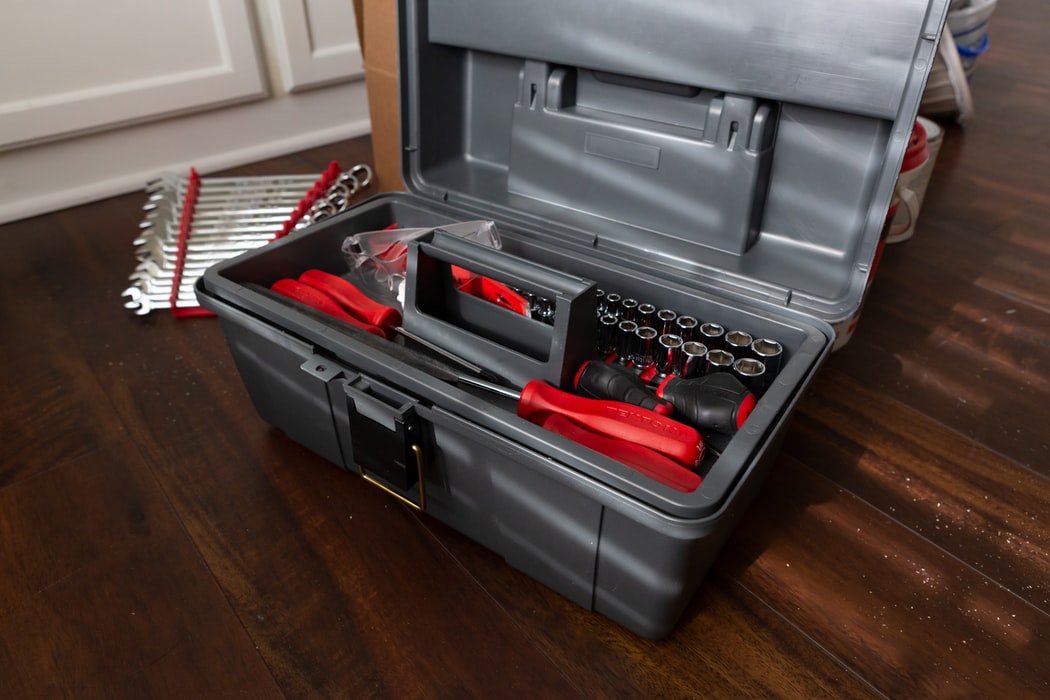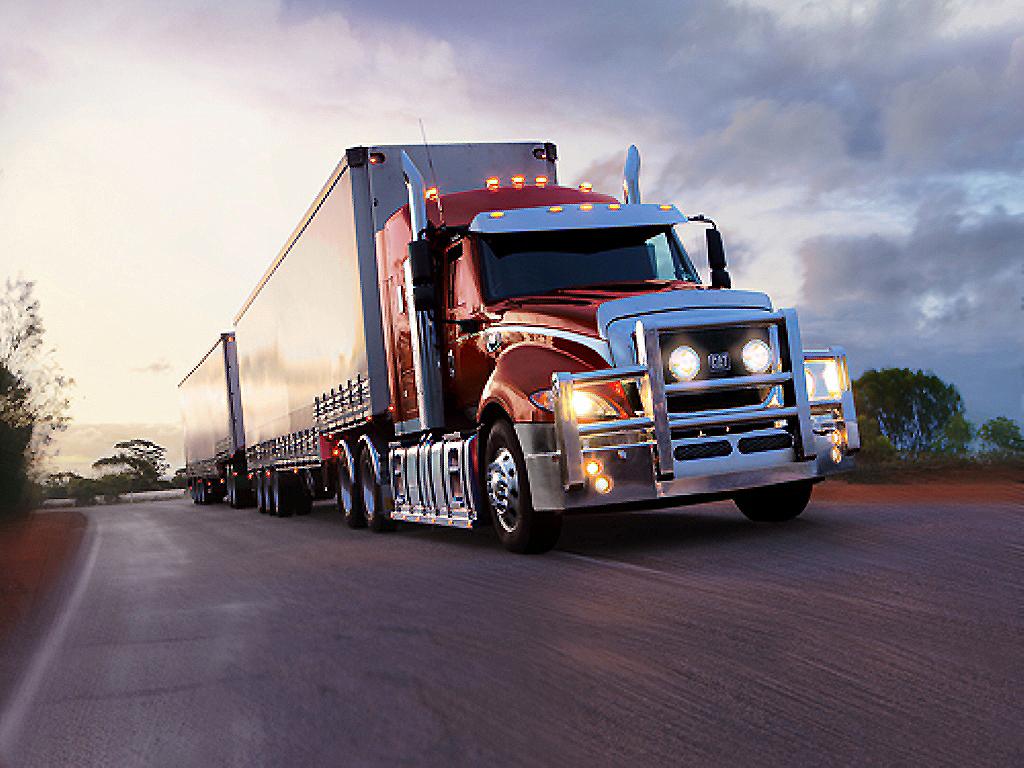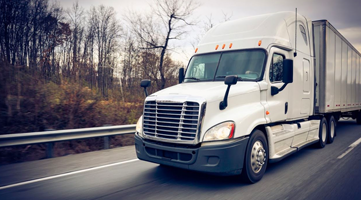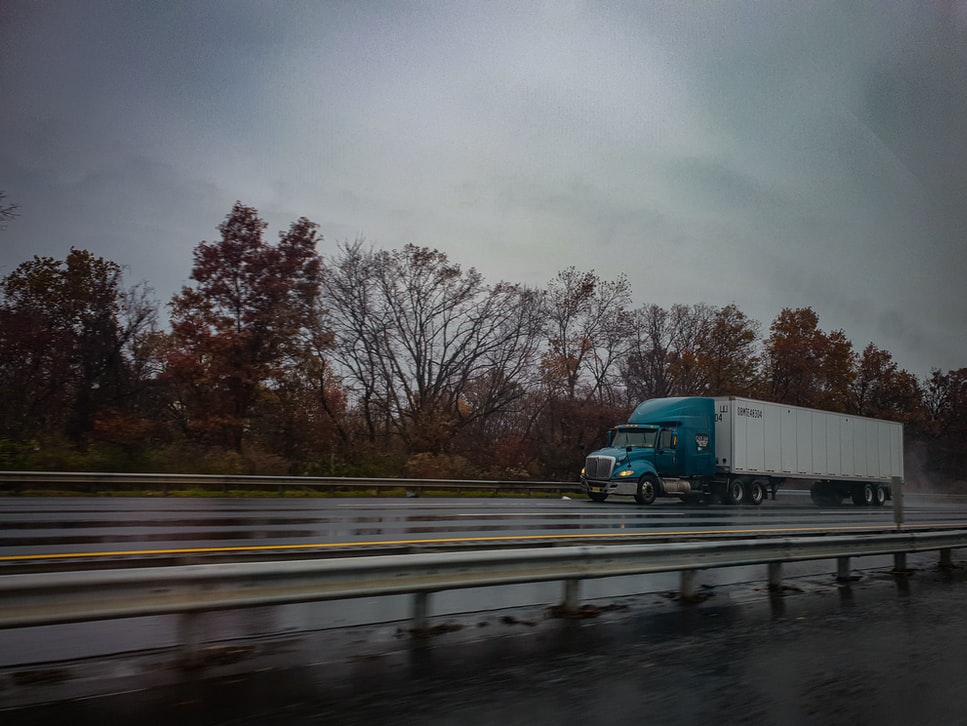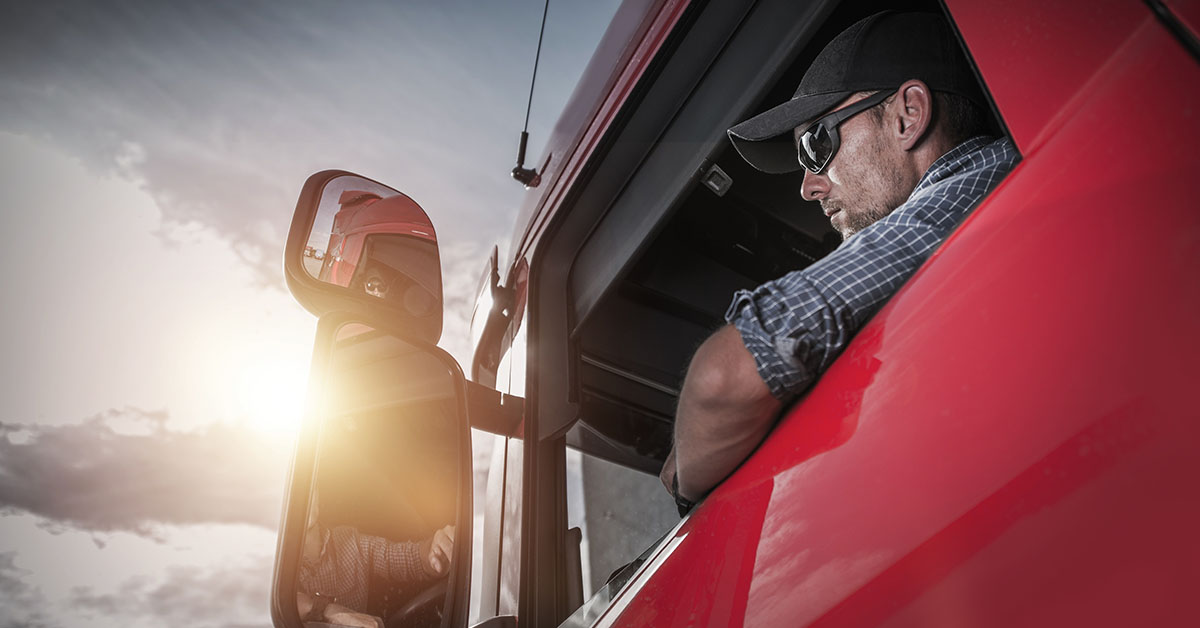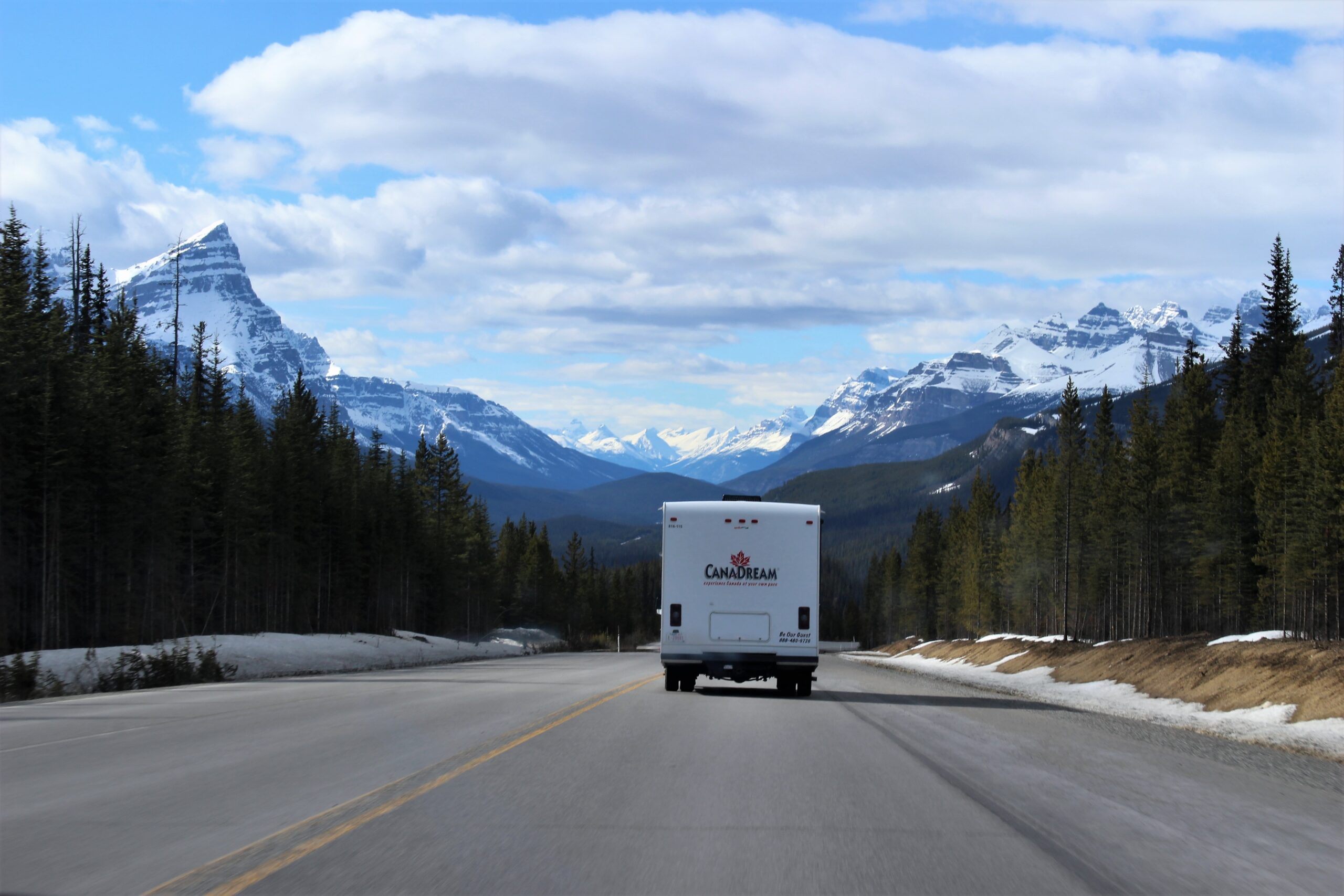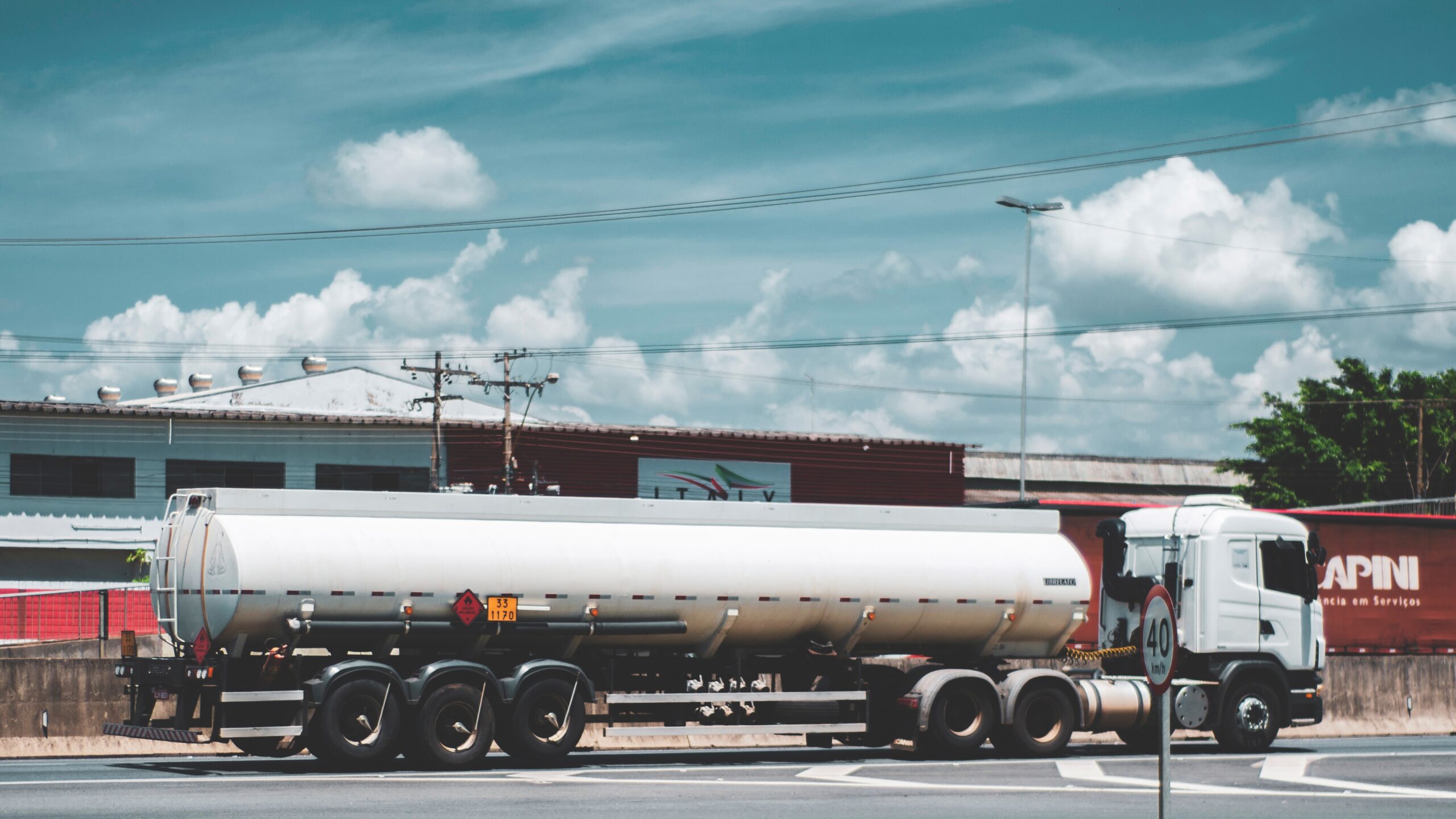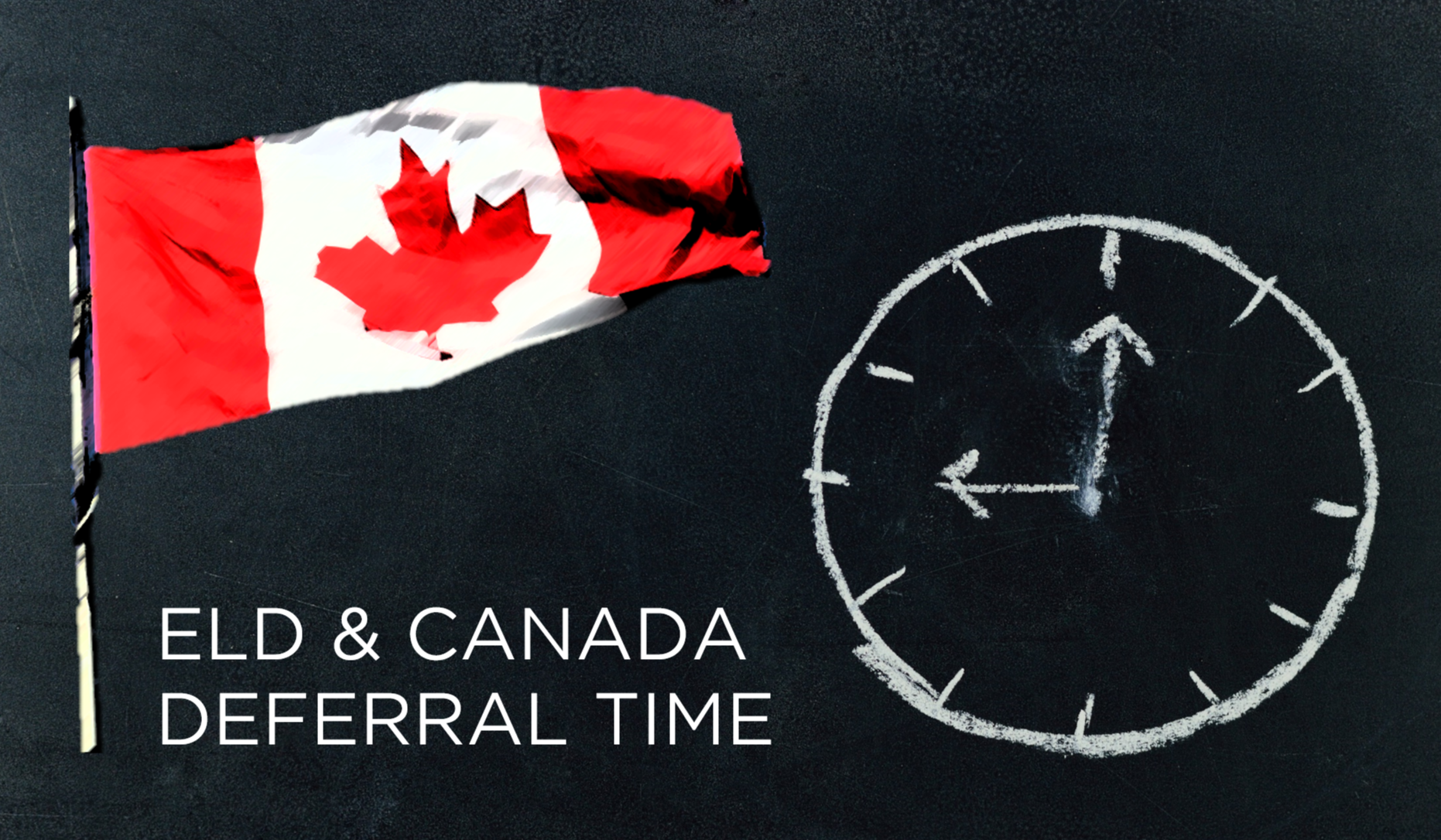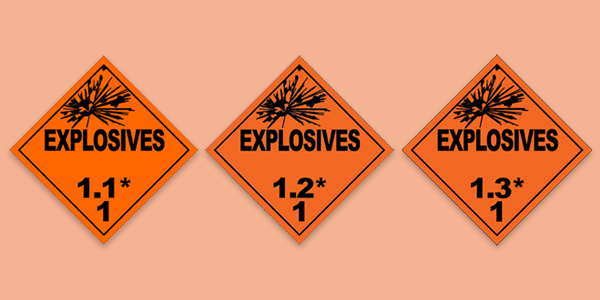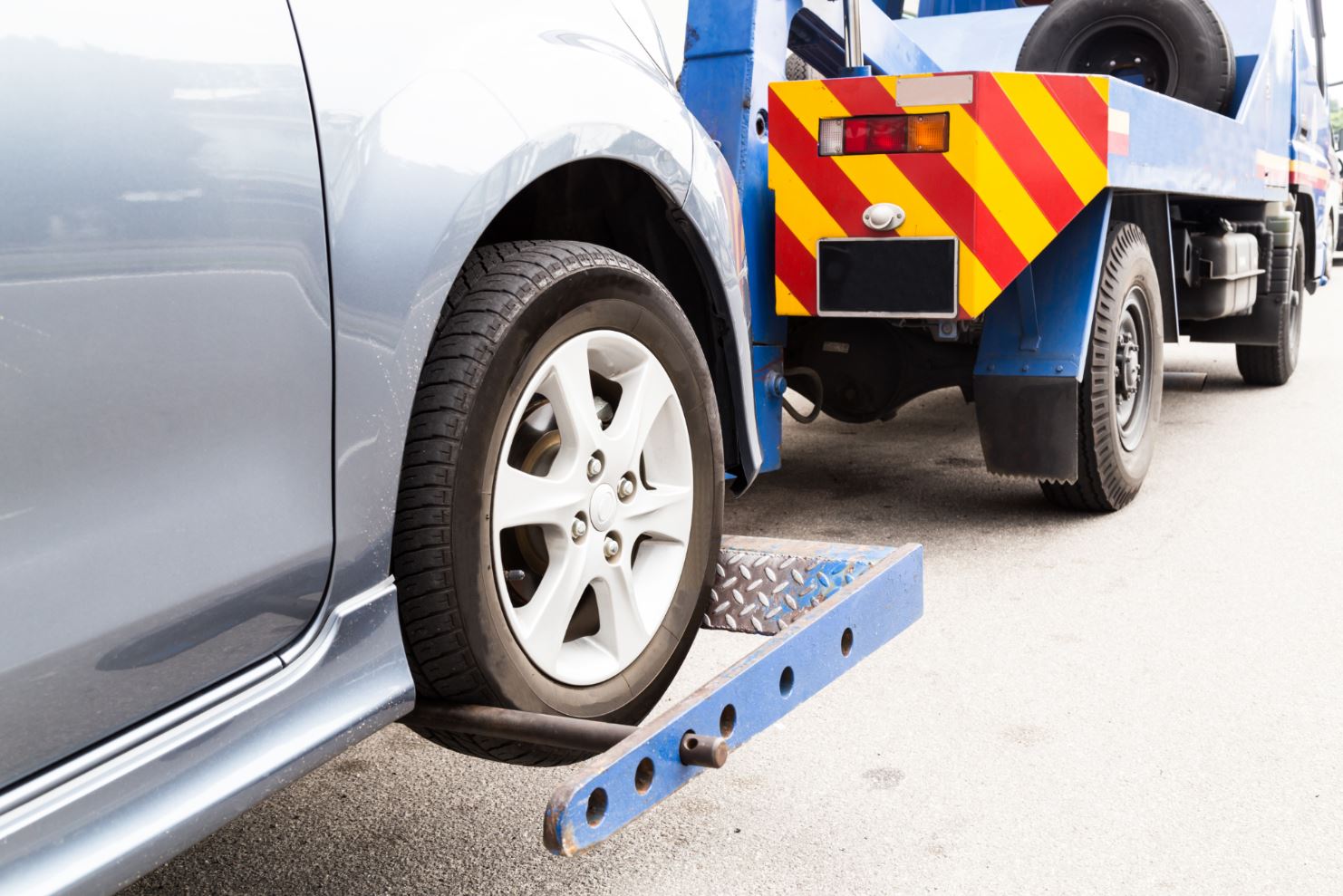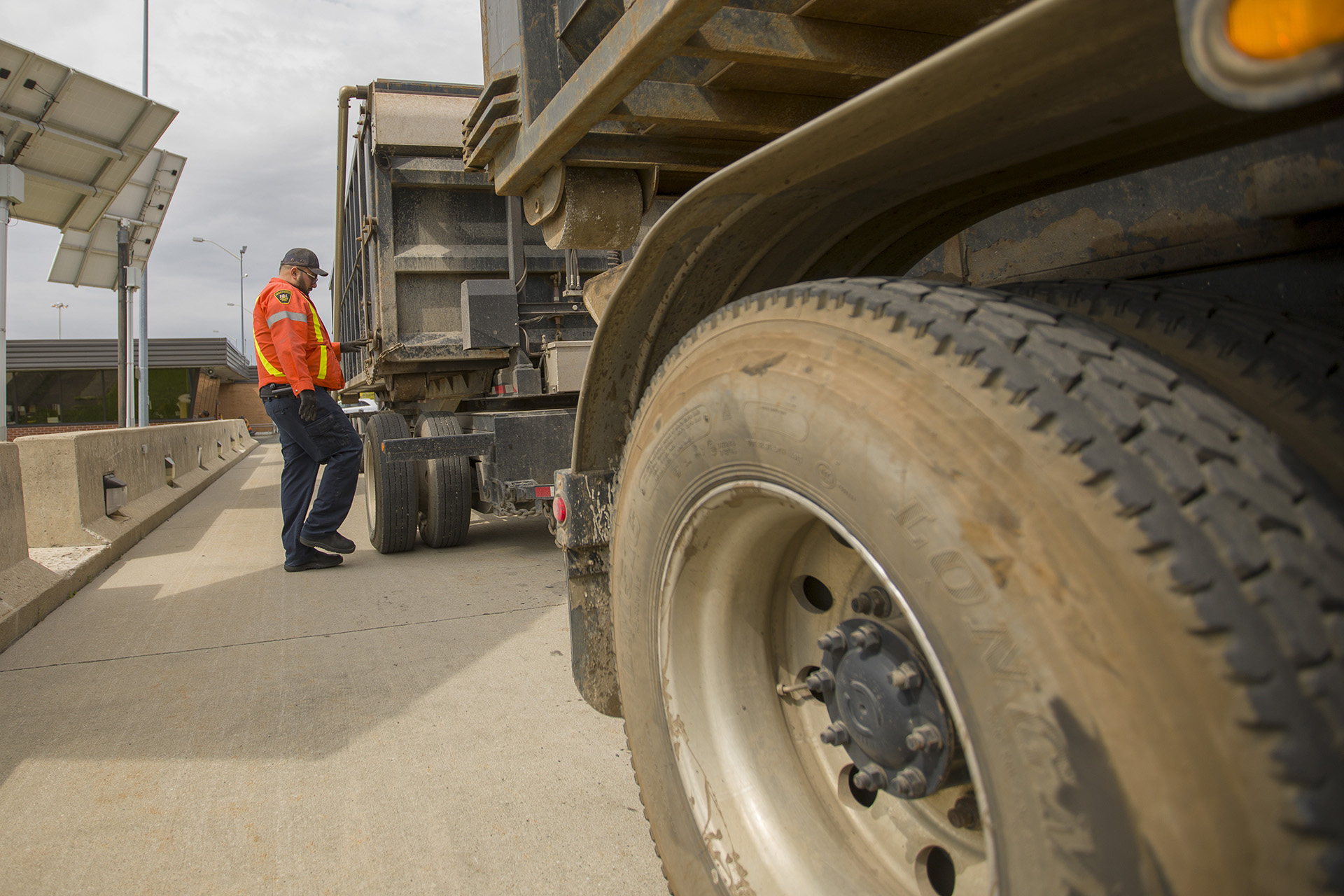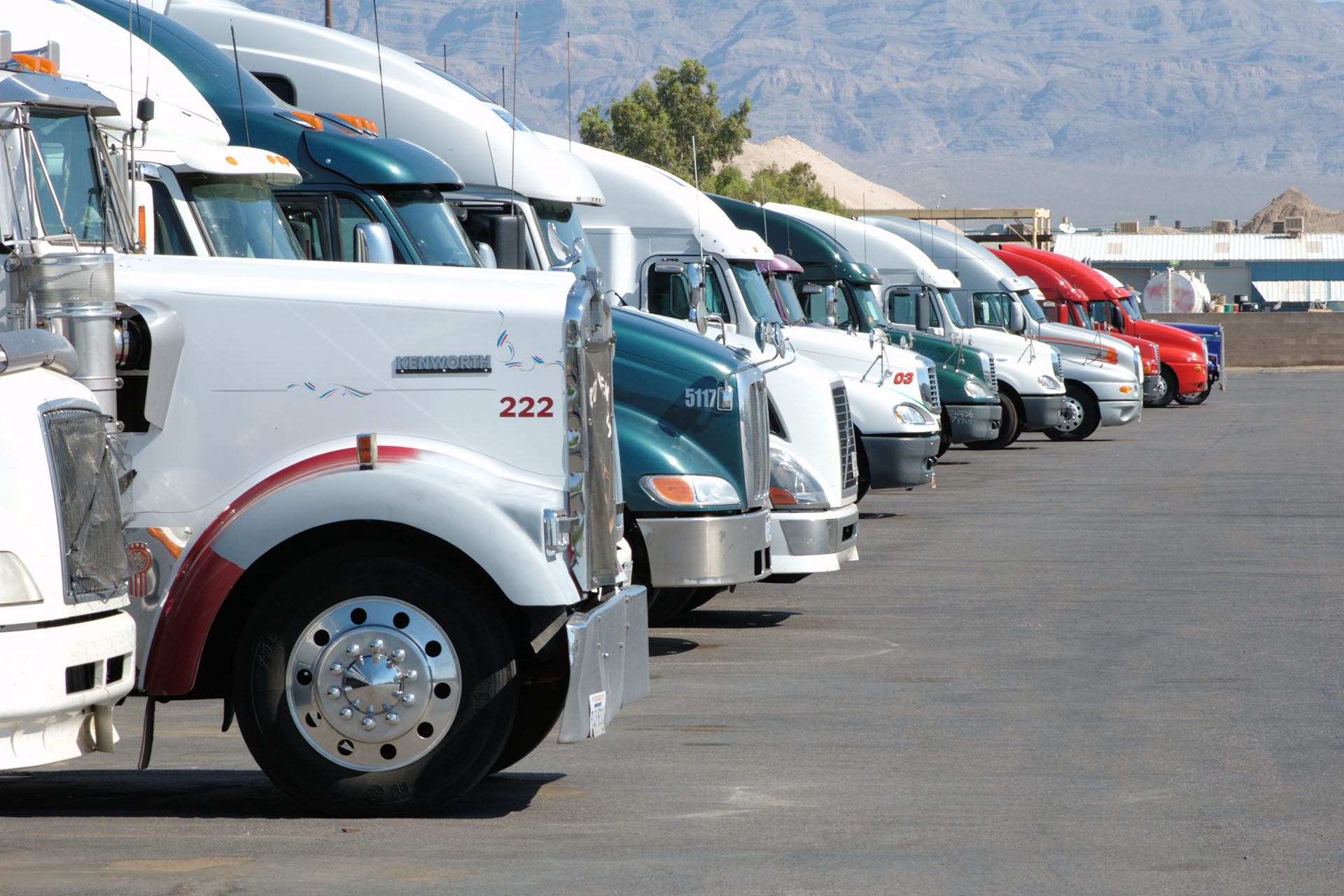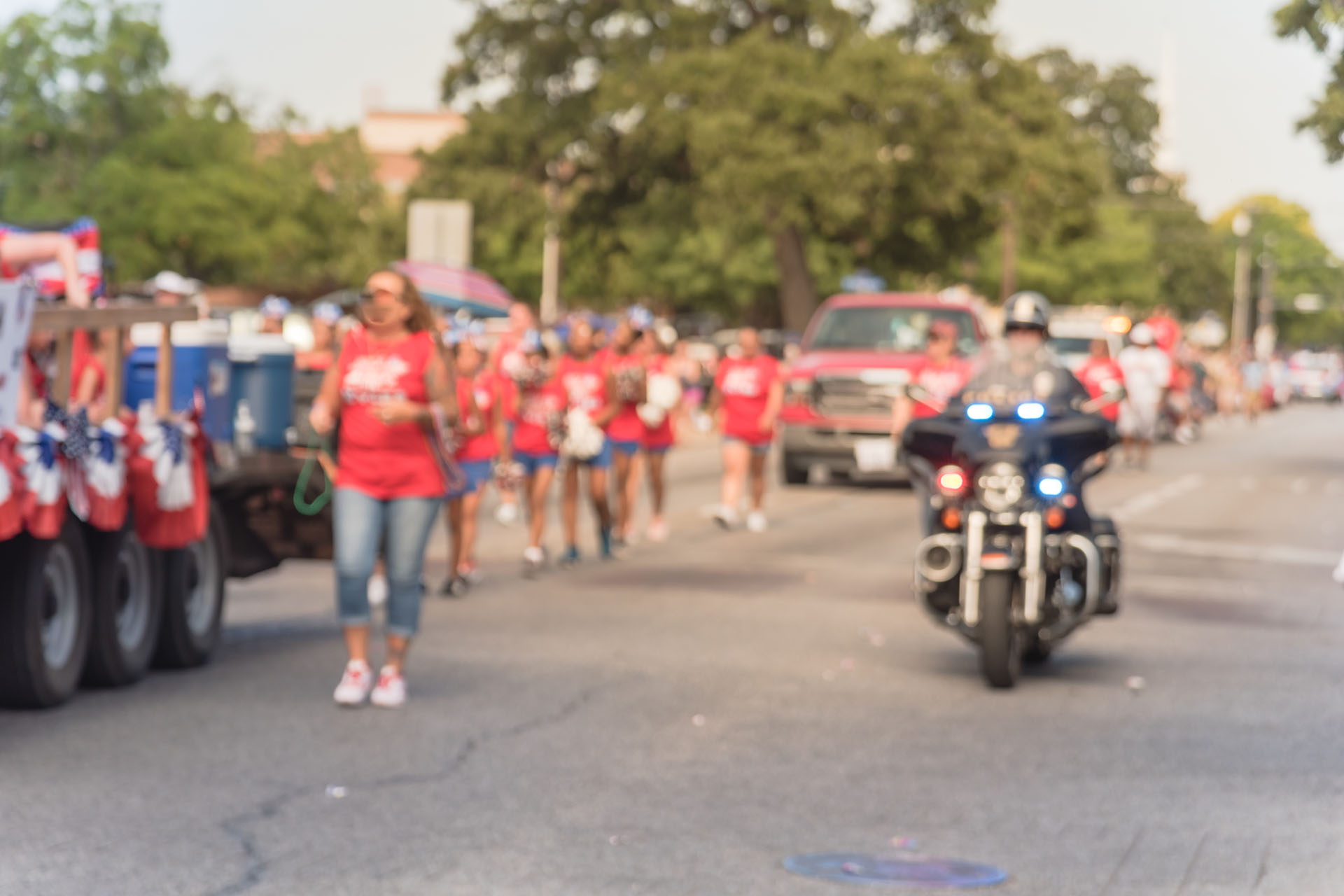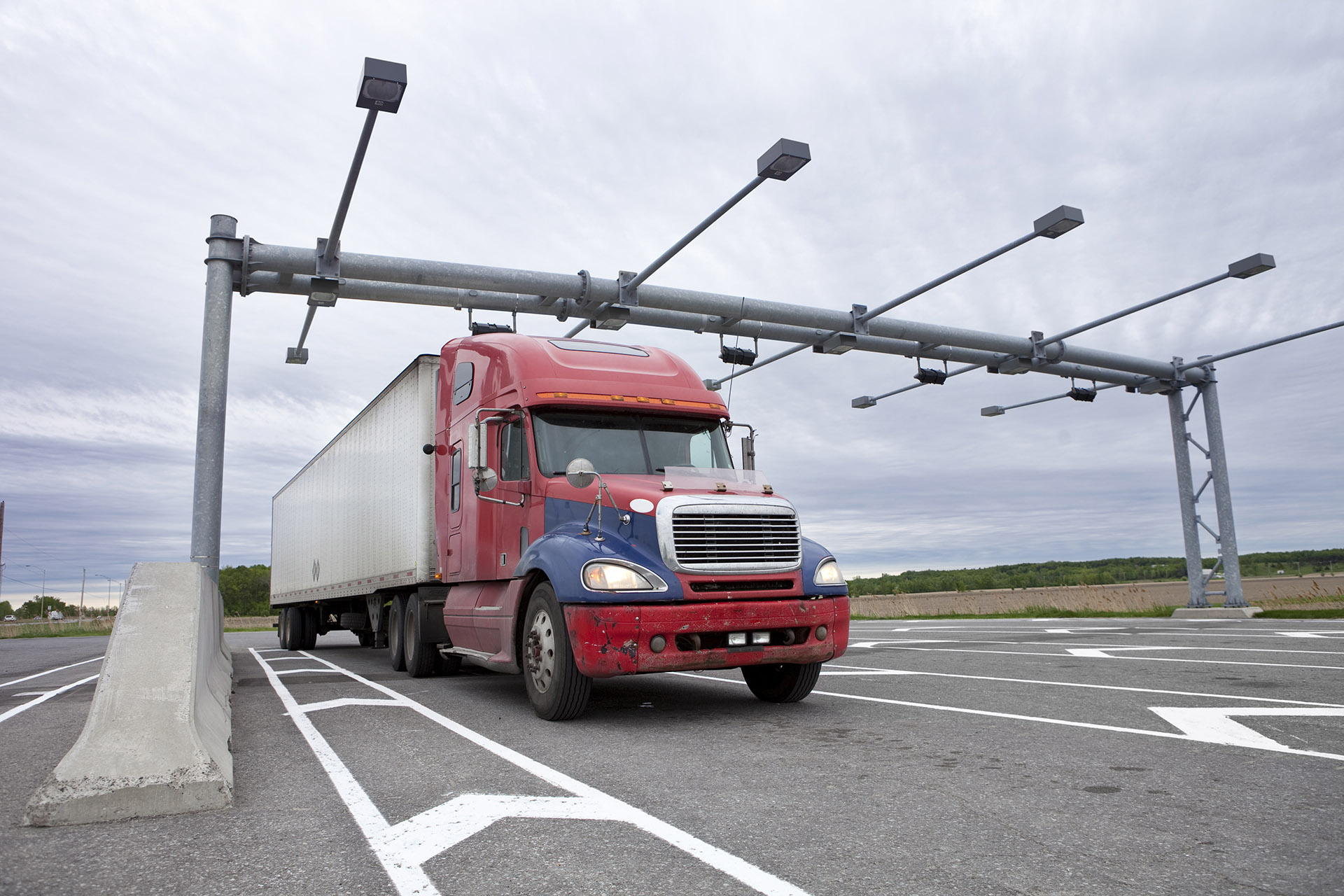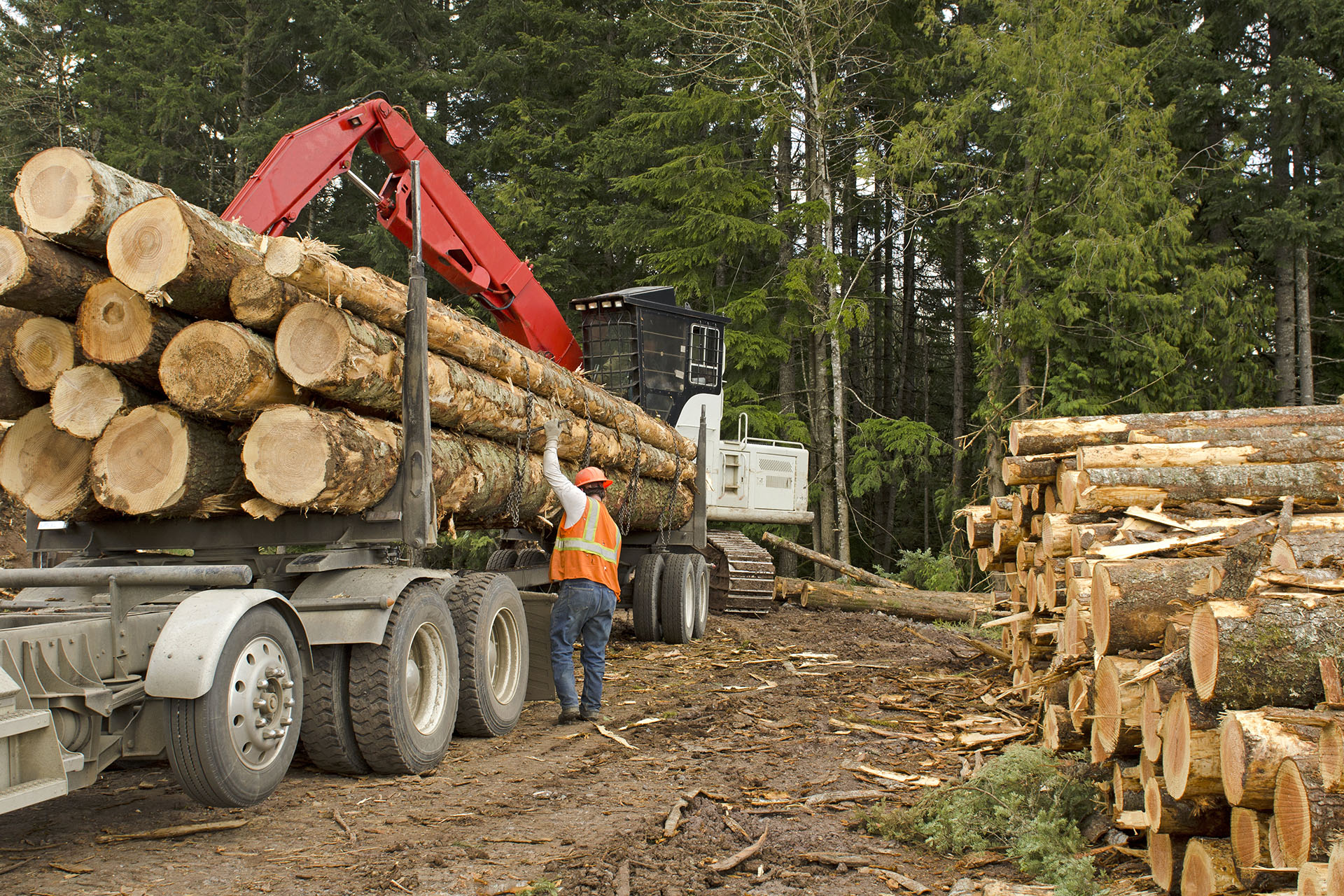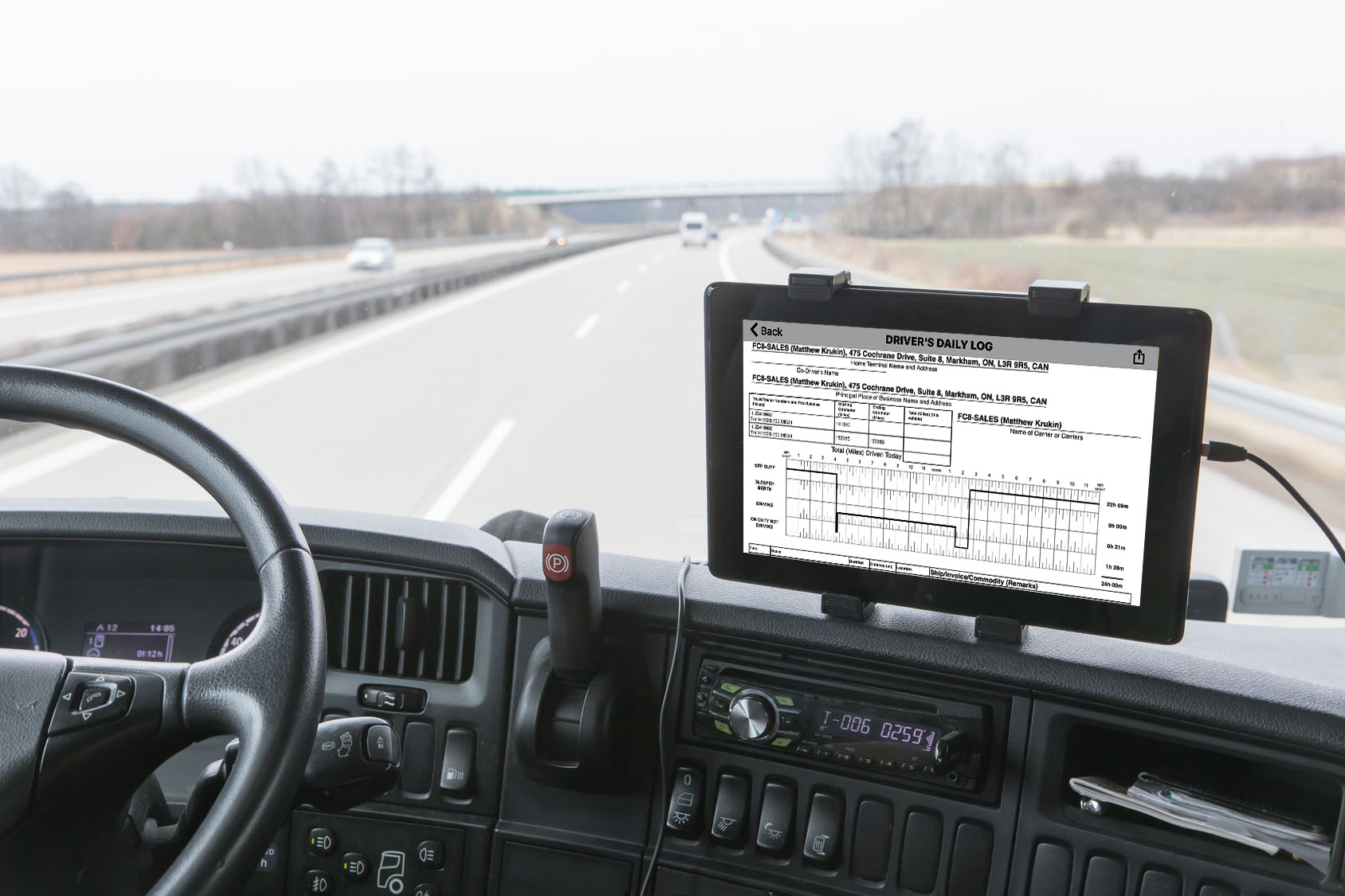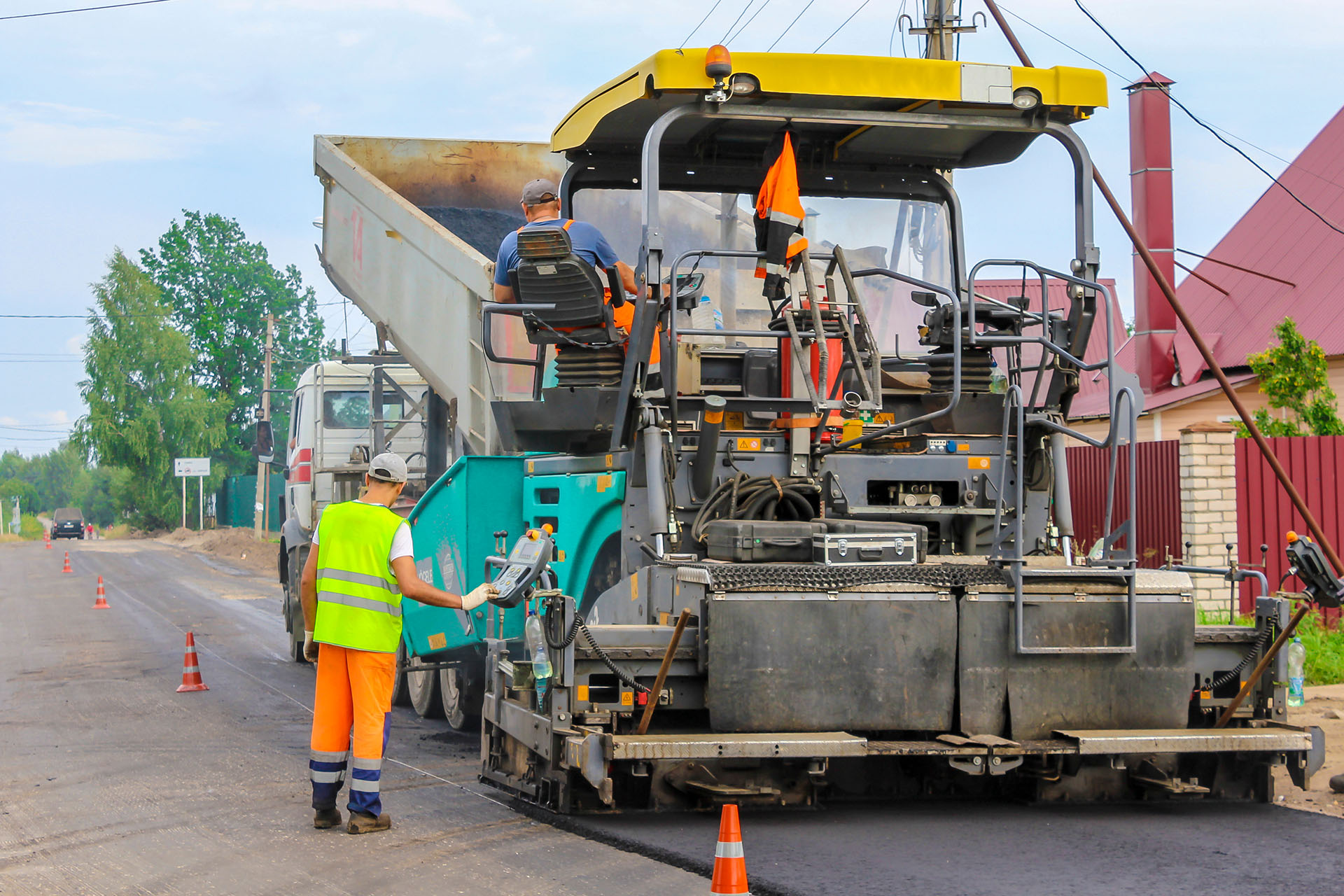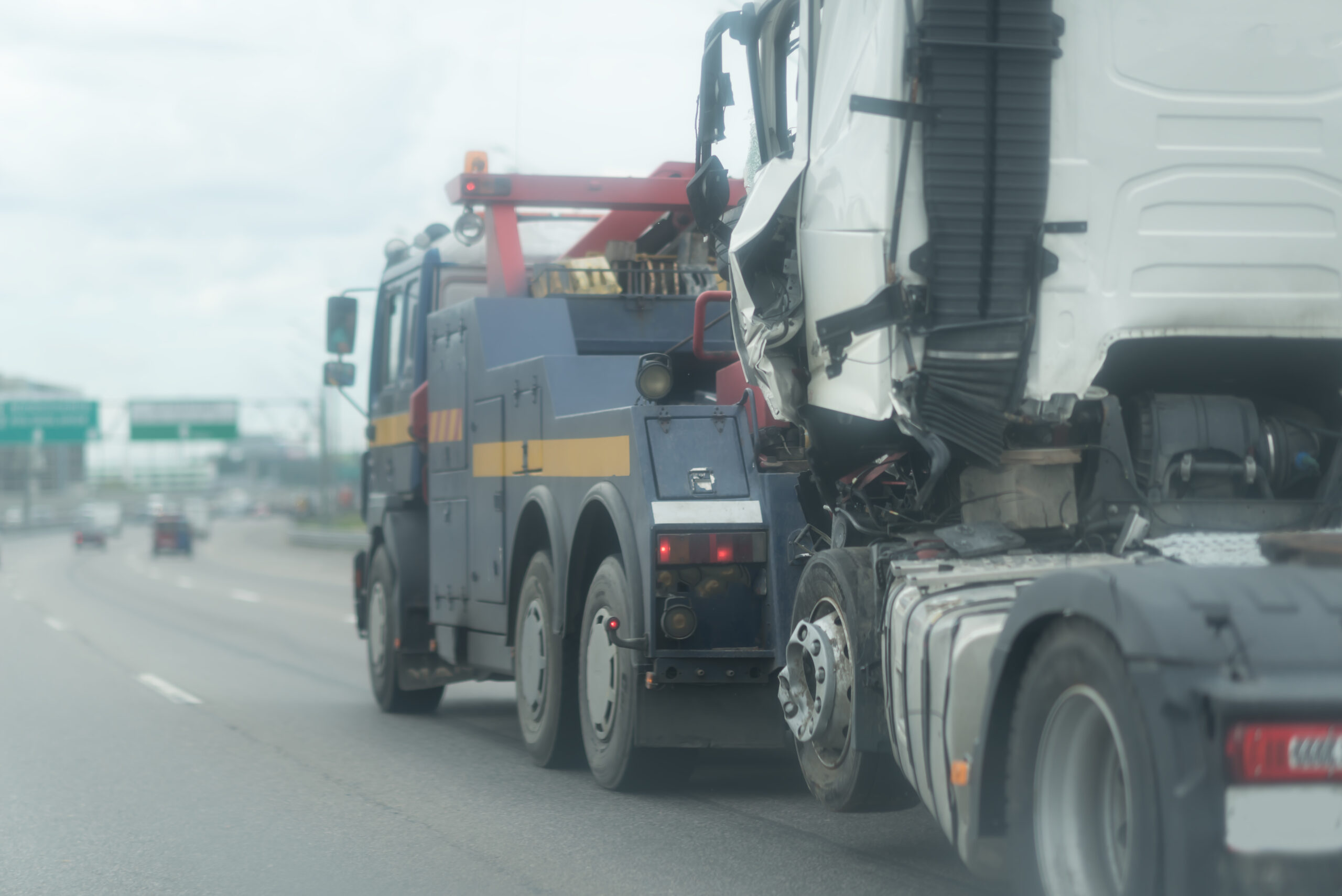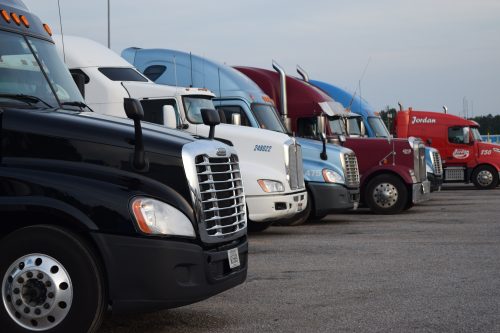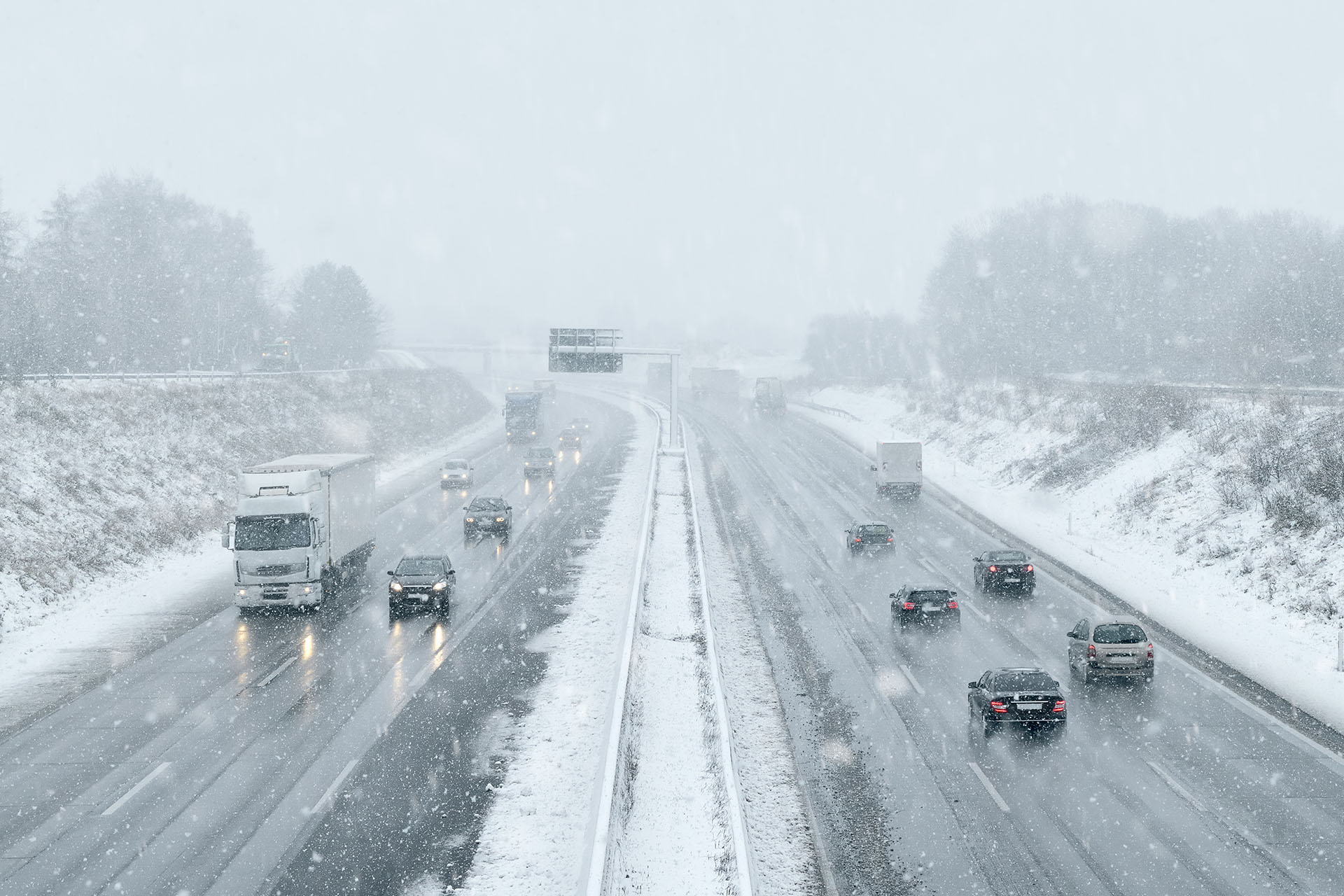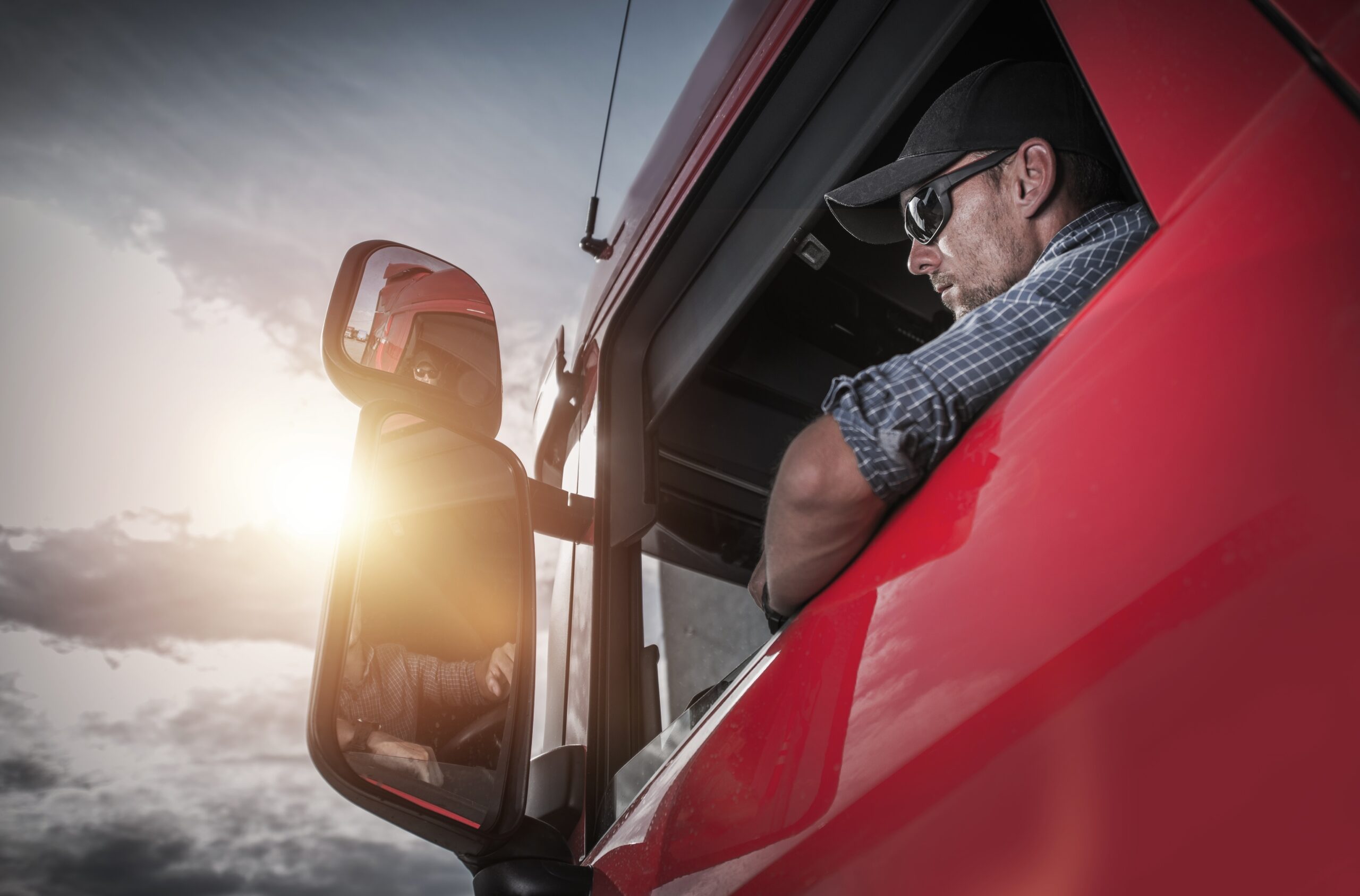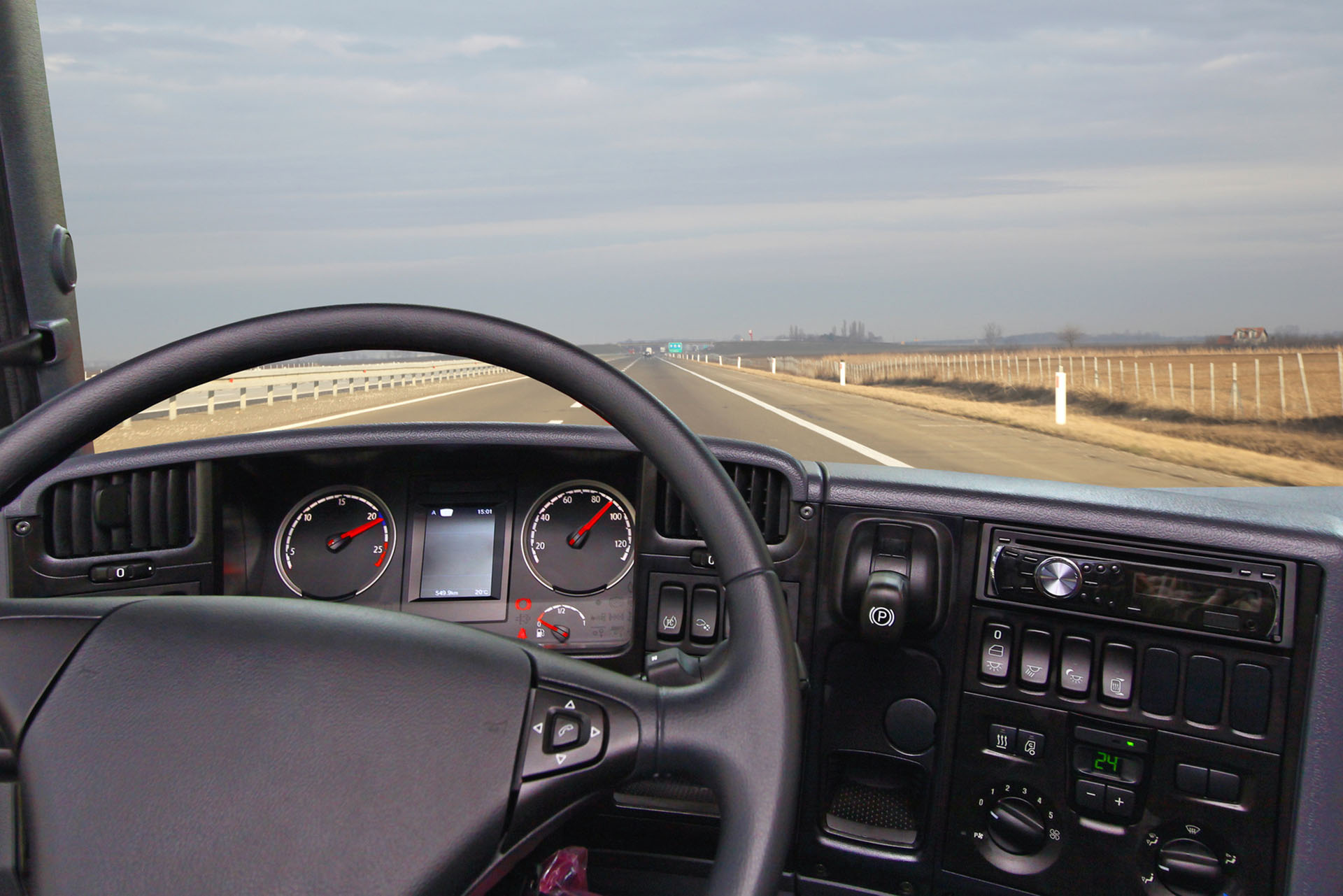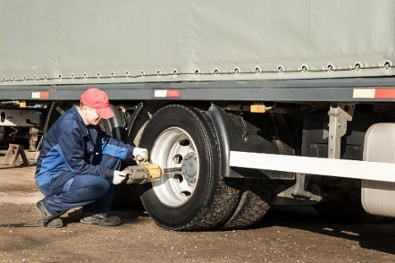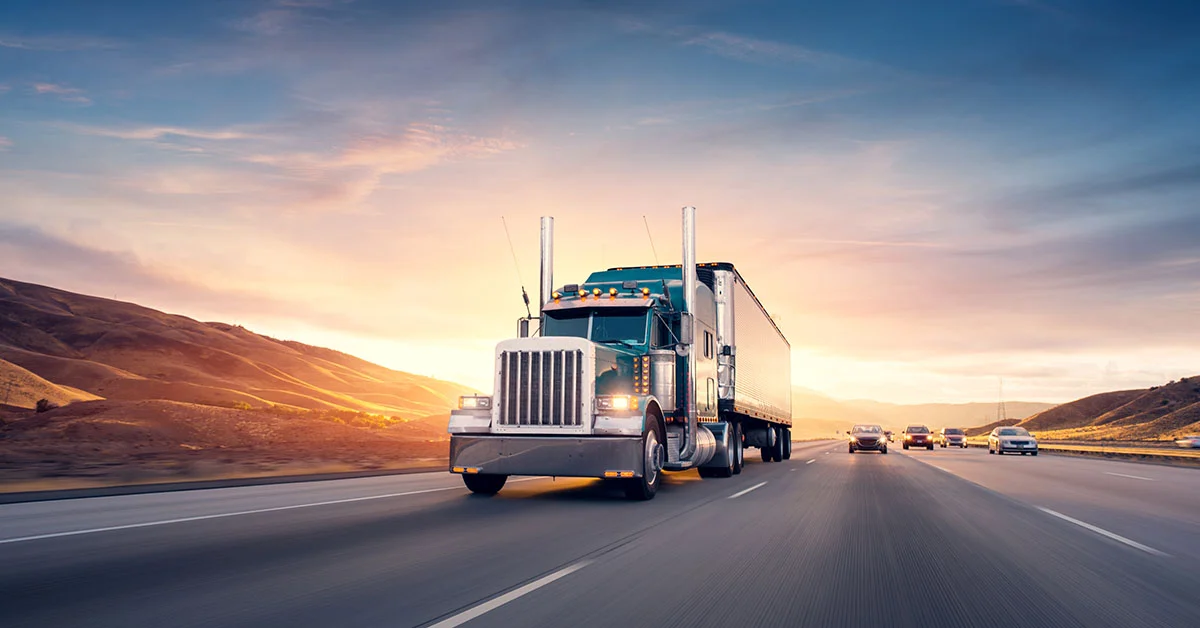According to the Ontario Ministry of Transportation, “SPIF [Safe, Productive & Infrastructure-Friendly] vehicles are designed to be as productive as possible, while ensuring that their performance characteristics meet or exceed national guidelines for minimizing heavy-truck damage to roads and bridges.”
Included below is a summary of the SPIF Information from Regulation 413/05, as well as specific Ontario Highway Traffic Act (HTA) gross weight tables.
- Straight Truck and Trailer Gross Weight
Grandfather Protection: The allowable gross weight of all straight trucks and their trailers that were built prior to July 2011, and that do not meet the current SPIF standards is grandfather protected until the end of 2020 at pre-SPIF allowances as determined from Highway Traffic Act (HTA) Tables 1 through 29 of Regulation 413/05, and their allowable axle weights.
Grandfathered gross weights are subject to “Aggregate Vehicle Adjustments” when hauling aggregate products.
Expiry of Grandfather Protection: The above gross weight grandfather protection for non-SPIF trucks and trailers expired on December 31, 2020 but may be extended by acquiring a ‘Special Vehicle Configuration Permit’, issued by the Ontario Ministry of Transportation.
Grandfather Extension by ‘Special Vehicle Configuration Permit’: Gross weight grandfather protection may be extended by ‘Special Vehicle Configuration Permit’ until December 31st of the year the individual truck or trailer reaches 15 years of age, and 20 years for concrete mixer trucks.
Example: A ‘Special Vehicle Configuration Permit’ may be acquired for a dump truck built in 2010 that will extend its gross weight protection until December 31, 2025.
For your convenience, I have included a link to MTO’s Oversize/Overweight Permits if you wish to monitor ‘Special Vehicle Configuration Permit’ availability.
You may also contact the Ministry of Transportation’s Permit Issuing Office at:
By mail: Ministry of Transportation
Permit Office
301 St. Paul Street, 3rd Floor
St. Catharines, Ontario L2R 7R4
By phone: 416-246-7166 or 1-800-387-7736
By fax: 905-704-2545
By email: oo.permits@ontario.ca
Truck/Trailer Combinations: The grandfather protection of the gross weight of truck/trailer combinations apply when both the truck and trailer are individually grandfather protected, a SPIF truck of any age is pulling a grandfather protected trailer, or a grandfather protected truck is pulling a SPIF trailer of any age.
Gross Weights Once Grandfather Protection Ends: If a non-SPIF truck is not eligible for grandfather protection or its protection has ended, gross weights are determined from HTA Table 32.
For truck/trailer combinations, if either vehicle in the combination is non-SPIF and is not grandfather protected, gross weights of the combination are determined from HTA Table 32.
Examples:
- Under grandfather protection, a non-SPIF triaxle dump truck is typically allowed a gross weight around 35,400 kg, after the aggregate adjustment.
Once all grandfathering ends, the allowable gross of this 4-axle truck will become 29,000 kg per Table 32.
- Under grandfather protection, a twin-steer non-SPIF concrete mixer is typically allowed a gross weight around 36,200 kg.
Once all grandfathering ends, the allowable gross of this 4-axle truck will become 29,000 kg per Table 32.
- Under grandfather protection, a non-SPIF triaxle dump truck pulling a tandem axle pony trailer typically has a gross weight around 53,500 kg, after the aggregate reduction.
Once all grandfathering ends, the allowable gross of this 6-axle combination will become 46,000 kg per Table 32.
Special Grandfather Provisions: Trucks and trailers built prior to July 2011 that meet ‘most’ SPIF standards, other than exceptions set out below, are treated as SPIF and allowed SPIF axle and gross weights until December 31, 2025.
After 2025, these vehicles lose their SPIF designation but, depending on age, may qualify for non-SPIF grandfather protection by ‘Special Vehicle Configuration Permit’ as set out above.
If the vehicle(s) do not qualify for a ‘Special Vehicle Configuration Permit’ or their permit expires, gross weight is determined from HTA Table 32.
- SPIF #19: 2-axle trucks built prior to July 2011 that meet all SPIF #19 standards other than rear
overhang and/or hitch offset, when pulling a trailer, are allowed SPIF gross weights through 2025.
After 2025, these vehicles lose their SPIF designation but, depending on age, may qualify for non-SPIF grandfathered gross weight ‘Special Vehicle Configuration Permit’ as set out above.
Without such a permit or after the permit expires, their allowable gross is determined from Table 32.
Example: A truck meeting SPIF #19 standards other than one or more of the above exceptions is currently allowed SPIF #19 gross weights ranging up to 19,000 kg.
The allowable gross weight becomes 15,000 kg per Table 32 after grandfather protection ends.
- SPIF #20: 3-axle trucks built prior to July 2011 that meet all SPIF #20 standards other than rear overhang and/or hitch offset, when pulling a trailer, are allowed SPIF gross weights through 2025.
After 2025, these vehicles lose their SPIF designation but, depending on age, may qualify for non-SPIF grandfathered gross weight ‘Special Vehicle Configuration Permit’ as set out above.
Without such a permit or after the permit expires, their allowable gross is determined from Table 32.
Example: A truck meeting SPIF #20 standards other than one or more of the above exceptions is currently allowed SPIF #20 gross weights ranging up to 28,100 kg.
The allowable gross weight becomes 21,500 kg per Table 32 after grandfather protection ends.
- SPIF #21 – 4-axle trucks with an auxiliary pusher axle built prior to July 2011 that meet all SPIF #21 standards other than rear overhang, tandem axle track width and/or hitch offset, when pulling a trailer, are allowed SPIF gross weights through 2025.
After 2025, these vehicles lose their SPIF designation but, depending on age, may qualify for non-SPIF grandfathered gross weight ‘Special Vehicle Configuration Permit’ as set out above.
Without such a permit or after the permit expires, their allowable gross is determined from Table 32.
Example: A truck meeting SPIF #21 standards other than one or more of the above exceptions is currently allowed SPIF #21 gross weights ranging up to 33,000 kg.
The allowable gross weight becomes 29,000 kg per Table 32 after grandfather protection ends.
- SPIF #22 – twin Steer 4-axle trucks built prior to July 2011 that meet all SPIF #22 standards other than wheelbase, rear overhang, rear tandem axle track width and/or hitch offset, when pulling a trailer, are allowed SPIF gross weights through 2025, and 2030 for concrete mixers.
After 2025, these vehicles, or 2030 for concrete mixers, lose their SPIF designation but, depending on age, may qualify for non-SPIF grandfathered gross weight ‘Special Vehicle Configuration Permit’ as set out above.
Without such a permit or after the permit expires, their allowable gross is determined from Table 32.
Example: A twin steer truck meeting SPIF #22 standards other than one or more of the above exceptions is currently allowed SPIF #22 gross weights ranging up to 37,100 kg.
The allowable gross weight becomes 29,000 kg per Table 32 after grandfather protection ends.
- SPIF #23 – triaxle trucks built prior to July 2011 that meet all SPIF #23 standards other than rear overhang, tandem axle track width and/or hitch offset, when pulling a trailer, are allowed SPIF gross weights through 2025.
After 2025, these vehicles lose their SPIF designation but, depending on age, may qualify for non-SPIF grandfathered gross weight ‘Special Vehicle Configuration Permit’ as set out above.
Without such a permit or after the permit expires, their allowable gross is determined from Table 32.
Example: A triaxle truck meeting SPIF #23 standards other than one or more of the above exceptions is currently allowed SPIF #23 gross weights ranging up to 37,650 kg.
The allowable gross weight becomes 29,000 kg per Table 32 after grandfather protection ends.
- SPIF #24 – tri-drive trucks built prior to July 2011 that meet all SPIF #24 standards other than wheelbase, rear overhang, tri-drive track width and/or hitch offset, when pulling a trailer, are allowed SPIF gross weights through 2025.
After 2025, these vehicles lose their SPIF designation but, depending on age, may qualify for non-SPIF grandfathered gross weight ‘Special Vehicle Configuration Permit’ as set out above.
Without such a permit or after the permit expires, their allowable gross is determined from Table 32.
Example: A tri-drive truck meeting SPIF #24 standards other than one or more of the above exceptions is currently allowed SPIF #24 gross weights ranging up to 31,000 kg.
The allowable gross weight becomes 29,000 kg per Table 32 after grandfather protection ends.
- SPIF #25 – 5-axle twin-steer, tri-drive trucks built prior to July 2011 that meet all SPIF #25 standards other than wheelbase, rear overhang, tri-drive track width and/or hitch offset, when pulling a trailer, are allowed SPIF gross weights through 2025.
After 2025, these vehicles lose their SPIF designation but, depending on age, may qualify for non-SPIF grandfathered gross weight ‘Special Vehicle Configuration Permit’ as set out above.
Without such a permit or after the permit expires, their allowable gross is determined from Table 32.
Example: A 5-axle truck meeting SPIF #25 standards other than one or more of the above exceptions is currently allowed SPIF #25 gross weights ranging up to 40,000 kg.
The allowable gross weight becomes 36,500 kg per Table 32 after grandfather protection ends.
- SPIF #26 – a combination that includes a SPIF truck pulling a single, tandem or tridem axle pony trailer built prior to July 2011 that meets all SPIF #26 standards other than wheelbase, rear overhang, inter-vehicle axle spacing, track width and/or box length is allowed SPIF gross weights through 2025.
After 2025, the trailer loses its SPIF designation but, depending on age, may qualify for non-SPIF grandfathered gross weight ‘Special Vehicle Configuration Permit’ as set out above.
Without such a permit or after the permit expires, the allowable gross of the combination is determined from Table 32.
Example 1: A 3-axle SPIF truck pulling a tandem pony that meets SPIF #26 standards other than one or more of the above exceptions, is currently allowed SPIF #26 gross weights ranging up to 46,000 kg.
The allowable gross weight becomes 36,500 kg per Table 32 after grandfather protection ends.
Example 2: A 4-axle SPIF truck pulling a tridem pony that meets SPIF #26 standards other than one or more of the above exceptions, is currently allowed SPIF #26 gross weights ranging up to 63,000 kg.
The allowable gross weight becomes 50,000 kg per Table 32 after grandfather protection ends.
- SPIF #27 – a combination that includes a SPIF truck pulling a self-steer triaxle pony trailer built prior to July 2011 that meets all SPIF #27 standards other than wheelbase, rear overhang, intervehicle axle spacing, track width and/or box length is allowed SPIF gross weights through 2025.
After 2025, the trailer loses its SPIF designation but, depending on age, may qualify for non-SPIF grandfathered gross weight ‘Special Vehicle Configuration Permit’ as set out above.
Without such a permit or after the permit expires, the allowable gross of the combination is determined from Table 32.
Example: A 3-axle SPIF truck pulling a self-steer triaxle pony that meets SPIF #27 standards other than one or more of the above exceptions, is currently allowed SPIF #27 gross weights ranging up to 56,000 kg.
The allowable gross weight becomes 46,000 kg per Table 32 after grandfather protection ends.
- SPIF #28 – a combination that includes a SPIF truck pulling a 2, 3, or 4-axle full trailer built prior to July 2011 that meets all SPIF #28 standards other than wheelbase, rear overhang, inter-vehicle axle spacing, trailer axle spacing, track width and/or box length is allowed SPIF gross weights through 2025.
After 2025, the trailer loses its SPIF designation but, depending on age, may qualify for non-SPIF grandfathered gross weight ‘Special Vehicle Configuration Permit’ as set out above.
Without such a permit or after the permit expires, the allowable gross of the combination is determined from Table 32.
Example: A 3-axle SPIF truck pulling a 4-axle full trailer that meets SPIF #28 standards other than one or more of the above exceptions, is currently allowed SPIF #28 gross weights ranging up to 63,000 kg.
The allowable gross weight becomes 50,000 kg per Table 32 after grandfather protection ends.
- SPIF #29 – a combination that includes a SPIF truck pulling a self-steer triaxle full trailer built prior to July 2011 that meets all SPIF #29 standards other than wheelbase, rear overhang, inter-vehicle axle spacing, track width and/or box length is allowed SPIF gross weights through 2025.
After 2025, the trailer loses its SPIF designation but, depending on age, may qualify for non-SPIF grandfathered gross weight ‘Special Vehicle Configuration Permit’ as set out above.
Without such a permit or after the permit expires, the allowable gross of the combination is determined from Table 32.
Example: A 3-axle SPIF truck pulling a self-steer tri-axle axle full trailer that meets SPIF #29 standards other than one or more of the above exceptions, is currently allowed SPIF #29 gross weights ranging up to 56,000 kg.
The allowable gross weight becomes 46,000 kg per Table 32 after grandfather protection ends.
- SPIF #30 – a combination that includes a SPIF truck pulling a tridem-axle full trailer built prior to July 2011 that meets all SPIF #30 standards other than wheelbase, rear overhang, inter-vehicle axle spacing, track width and/or box length is allowed SPIF gross weights through 2025.
After 2025, the trailer loses its SPIF designation but, depending on age, may qualify for non-SPIF grandfathered gross weight ‘Special Vehicle Configuration Permit’ as set out above.
Without such a permit or after the permit expires, the allowable gross of the combination is determined from Table 32.
Example: A 4-axle SPIF truck pulling a tridem axle full trailer that meets SPIF #30 standards other than one or more of the above exceptions, is currently allowed SPIF #30 gross weights ranging up to 63,000 kg.
The allowable gross weight becomes 50,000 kg per Table 32 after grandfather protection ends.
All Highway Traffic Act (HTA) gross weight tables are found at Regulation 413/05.
Vehicle Weight Table 32: Allowable Gross Weight on Non-Designated Vehicles and Combinations (Other than B-Train Combinations) That Are Governed by Section 21 of Regulation 413/05 (Kilograms)
|
Base Length (metres) |
2 Axles |
3 Axles |
4 Axles |
5 Axles |
6 Axles |
7 Axles |
8+ Axles |
|
Less than 8 |
15,000 |
21,500 |
27,000 |
28,000 |
32,000 |
36,000 |
36,000 |
|
8 to less than 10 |
15,000 |
21,500 |
28,000 |
31,000 |
33,000 |
36,000 |
36,000 |
|
10 to less than 12 |
15,000 |
21,500 |
28,000 |
34,000 |
37,000 |
39,000 |
39,000 |
|
12 to less than 14 |
15,000 |
21,500 |
29,000 |
36,500 |
42,000 |
43,000 |
43,000 |
|
14 to less than 15 |
15,000 |
21,500 |
29,000 |
36,500 |
45,000 |
46,000 |
46,000 |
|
15 to less than 16 |
15,000 |
21,500 |
29,000 |
36,500 |
46,000 |
47,000 |
48,000 |
|
16 to less than 18 |
15,000 |
21,500 |
29,000 |
36,500 |
46,000 |
48,000 |
50,000 |
|
18 and over |
15,000 |
21,500 |
29,000 |
36,500 |
46,000 |
50,000 |
52,000 |
Vehicle Weight Table 33: Allowable Gross Weight on Non-Designated B-Train Combinations That Are Governed by Section 21 of Regulation 413/05 (Kilograms)
|
Base Length (metres) |
4 Axles |
5 Axles |
6 Axles |
7 Axles |
8+ Axles |
|
less than 15 |
27,000 |
28,000 |
32,000 |
36,000 |
36,000 |
|
15 to less than 16 |
29,000 |
36,500 |
45,000 |
48,000 |
49,000 |
|
16 to less than 18 |
29,000 |
36,500 |
46,000 |
50,000 |
51,000 |
|
18 to less than 19 |
29,000 |
36,500 |
46,000 |
53,000 |
54,000 |
|
19 and over |
30,000 |
37,000 |
47,000 |
54,000 |
57,000 |
- Semi-Trailer Gross Weight – Grandfather Protection June 2020
- Single, tandem and tridem-axle trailers up to 48’ built prior to 2006 that do not meet SPIF #1 wheelbase, overhang, inter-axle spacing and/or track width requirements.
After 2020 – gross weights determined by Table 32 rather than SPIF allowances.
- Self-steer triaxle trailers up to 48’ built prior to 2006 that do not meet SPIF #2 wheelbase and/or track width requirements.
After 2020 – gross weights determined by Table 32 rather than Tables 1 through 15.
- Self-steer quad trailers up to 48’ built prior to 2006 that do not meet SPIF #3 wheelbase, interaxle spacing and/or track width requirements. SPIF Phase 3 of 2006, provided 15 years gross weight grandfather protection based on Tables 1 through 15 and maximum axle weights.
After 2020, the gross weights are determined by Table 32.
- A-train double up to 75’ overall length where both trailers were built prior to 2006 and meet SPIF requirements. SPIF Phase 3 of 2006, provided 15 years gross weight grandfather protection based on Table 3 through 29 and maximum axle weights.
After 2020 – gross weights capped at 41,900 kg (5 axle), 49,800 kg (6 axle) and 53,500 kg (7 or 8 axle).
- 1, 2 or 3-axle bulk tanker non-SPIF trailers regardless of age. SPIF Phase 1 of 2001, provided 10 years gross weight grandfather protection based on Tables 1 through 15 and maximum axle weights.
After 2011 – gross weights were reduced by 3,000 kg for 10 more years. After 2020 – gross weights as determined by Table 32.
Example: A triaxle trailer is typically allowed around 52,000 kg gross under grandfather protection which dropped to around 49,000 in 2011 which will further drop to 46,000 kg in 2021 per Table 32.
- 1, 2 or 3-axle specialized (cryogenic/carbon dioxide) tanker non-SPIF trailers regardless of age. SPIF Phase 1 of 2001, provided 20 years gross weight grandfather protection based on Tables 1 through 15 and maximum axle weights. After 2020 – gross weights determined by Table 32.
Example: A triaxle trailer is typically allowed around 52,000 kg gross under grandfather protection which will drop to 46,000 kg in 2021 per Table 32.
- All end-dump and open hopper non-SPIF trailers built prior to 2003. SPIF Phase 2 of 2003, provided 8 years gross weight grandfather protection based on Tables 1 through 29 and maximum axle weights.
After 2010 – permits available to extend grandfathering until end-dump reaches 15 years of age or hopper trailer reaches 20 years of age. All grandfather protection has ended for end dumps.
Hoppers built in 2000 lose protection after 2020 and gross weights will be determined from Table 32.
Example: A triaxle hopper trailer is typically allowed around 52,000 kg gross under grandfather protection which will drop to 46,000 kg in 2021 per Table 32.
- 4 or more axle non-SPIF trailers, other than dumps, built prior to 2006. SPIF Phase 3 of 2006, provided 10 years gross weight grandfather protection based on Tables 1 through 29 and maximum axle weights.
After 2015 – permits available to extend grandfathering until bulk tanker or forestry trailers reach 20 years of age and other trailers reach 15 years of age.
Permit availability is 25 years of age for bulk tankers and 20 years for other non-dump trailers.
Tankers built in 1995 and other non-dump trailers built in 2000 lose protection after 2020 and gross weights will be determined from Table 32.
Example: A 4-axle trailer is typically allowed around 54,000 to 56,000 kg gross under grandfather protection which will drop to 50,000 kg in 2021 per Table 32.
Non-SPIF 5-axle trailers are typically allowed up to around 62,000 kg gross under grandfather protection which will drop to 52,000 kg in 2021 per Table 32.
- A or B-train double non-SPIF trailers, including dumps, where both trailers were built prior to 2006. SPIF Phase 3 of 2006, provided 10 years gross weight grandfather protection based on Tables 1 through 29 and maximum axle weights.
After 2015 – permits available to extend grandfathering until bulk tanker or forestry double trailers reach 20 years of age and other double trailers reach 15 years of age.
Permit length is at a maximum of 25 years of age for bulk tanker doubles, and 20 years for all other doubles.
Double tankers built in 1995 and other doubles built in 2000 lose protection after 2020 and gross weights will be determined from Table 32 (A-trains) or Table 33 (B-trains).
Example: A 8-axle non-SPIF B-train is allowed up to 63,500 kg gross under grandfather protection which will drop to 57,000 kg in 2021 per Table 33.










